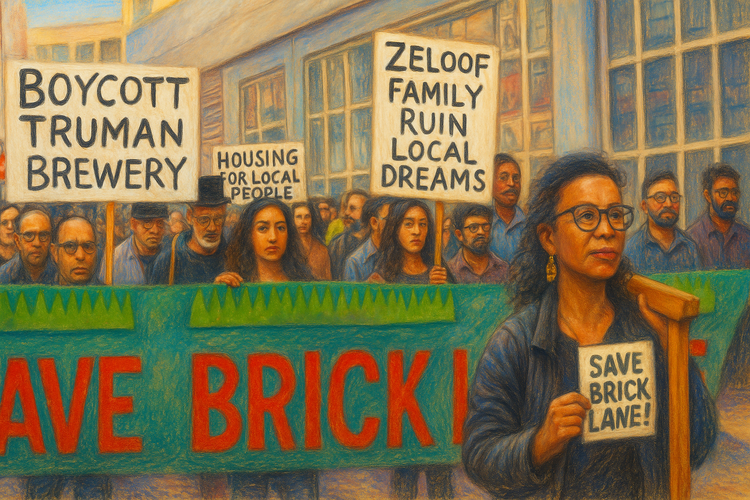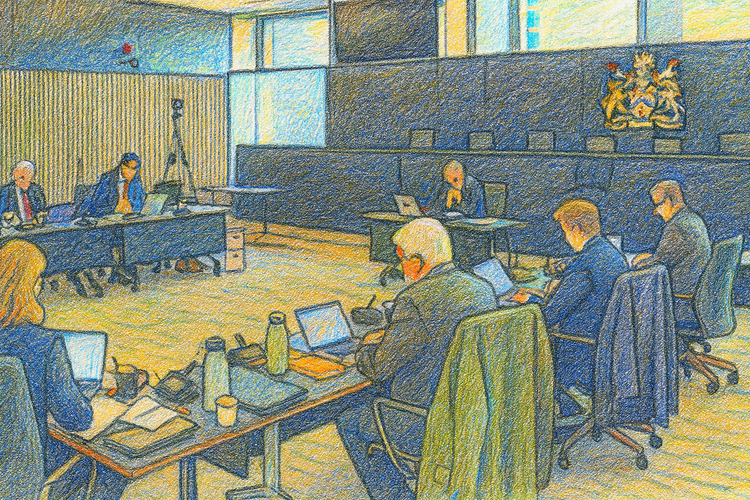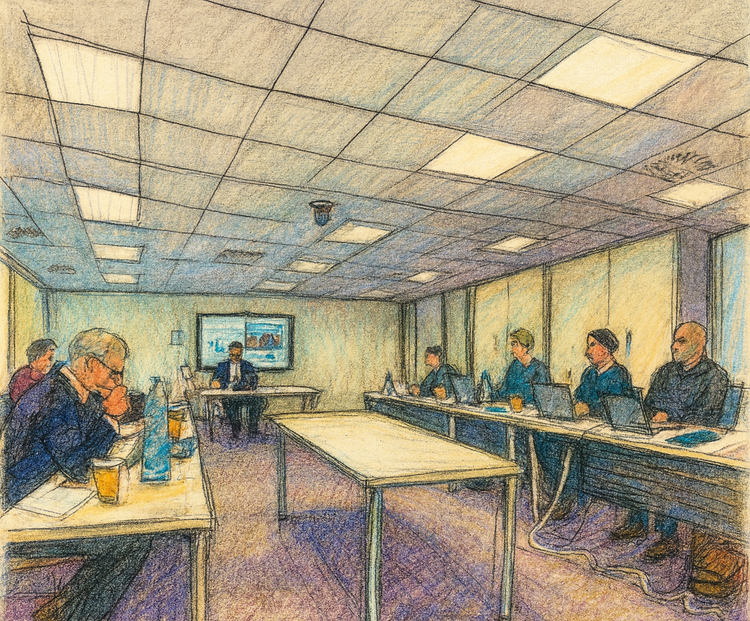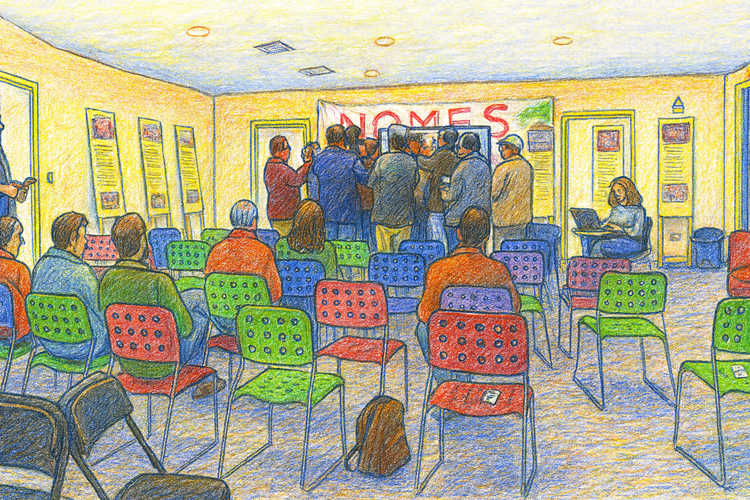Cliftonville: The Last Grand Seaside Quarter
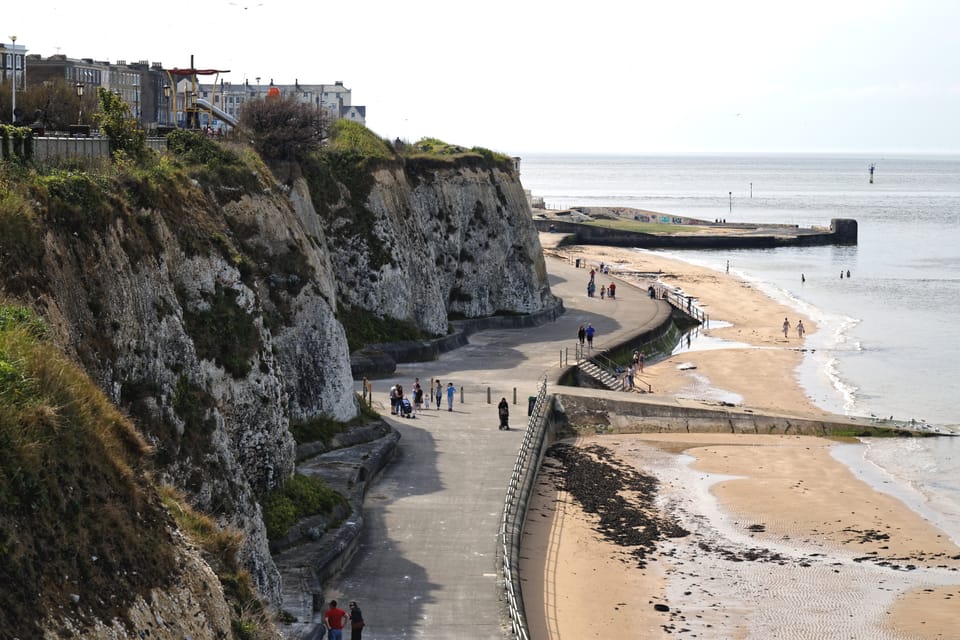
In the dim winter light, the terraces of Cliftonville cast long shadows over the empty lawn of Dalby Square. A salt-heavy breeze stirs what’s left of the geraniums clinging to cast-iron balconies. Look closely, and you can almost see the ghosts of guests wheeling wicker prams, of chambermaids hauling linens through arched service entries, of Jewish tailors heading home from the seafront baths. This is no ordinary conservation area. It is one of the last intact enclaves of Victorian seaside ambition—an architectural palimpsest that tells the story of leisure, migration, collapse, and survival.
Margate, once described by John Betjeman as the place where “a man could bathe, drink, and write poetry,” has long been a site of British cultural imagination. But Cliftonville—Margate’s eastern quarter—was always the refined sibling. Here were the promenades, the luxury hotels, and the garden squares. Here, middle-class Londoners in crinolines came for health and propriety. The Cliftonville Hotel opened in 1868 and was quickly surrounded by elegant stucco villas and seaside terraces arranged in aspirational geometry. “The plan was deliberate,” says Dr. John K. Walton in The English Seaside. “These were spaces designed for respectability. Order. Clean air and managed behaviour.”
The result is a landscape that remains legible today. In Dalby Square, residents still enter through the same front doors framed in rusticated stonework and original fanlights. Over at the Cliftonville Lido, the now-shuttered Art Deco bathing complex yawns out toward the North Sea, a 200-year-old dream of health through cold water, now fighting rust and neglect. To walk here is to step into a vision of a country that once believed the sea might heal everything—if properly rationed and reserved.
But heritage in Cliftonville is not just in the facades—it’s in the memories. “My mother was made to swim in the sea even in February,” recalls local resident Sarah Levinson, now in her seventies. “It was supposed to build character. There were more bathing huts than shops, and you’d come home with seaweed in your shoes.” A postcard of Cliftonville from the 1930s shows neat rows of identical huts facing the tide, while just behind them stand buildings that still exist today, albeit split into flats or left empty altogether.
The social history here is rich and complex. In the early 20th century, Cliftonville became a haven for Jewish holidaymakers—many of them traders from East London’s Petticoat Lane—who brought kosher cafés, synagogues, and a vibrant communal life. A recent walking tour sponsored by Cliftonville West’s Heritage Action Zone traced these stories, with stops at former Jewish boarding houses and now-vanished delis. “People forget that this was a kind of sanctuary,” says the guide, who grew up in the area. “You could be loud, wear your tallit to the beach, and no one batted an eye.”
Yet it is that very social fabric that is now at risk. In the wake of property speculation and arts-led gentrification, long-time residents find themselves priced out of their own history. The arrival of high-end guesthouses and what locals refer to as “DFL” (Down From London) creatives has revived the economy—but at a cost. “It’s Shoreditch-on-Sea,” laments Dan Thompson, artist and activist. “Some people treat the architecture like a backdrop, not a living inheritance.”
Indeed, that inheritance is fragile. Many of Cliftonville’s villas and terraces are now in disrepair. According to Historic England’s Cliftonville Conservation Area Appraisal, the area suffers from “neglect, insensitive development, and a lack of coherent planning policy.” A walk along Edgar Road reveals bricked-up windows, crumbling stucco, and the tell-tale signs of flats turned into HMOs. Some properties—like the once-grand Cliftonville Lido—are fenced off entirely, waiting for a viable proposal that never seems to come.
And yet, there is hope. Grassroots groups like GRASS Cliftonville have reactivated the Oval Bandstand and Lawns, hosting open-air cinema, food markets, and storytelling sessions rooted in local memory. The nearby Faith in Strangers venue has become a cultural hub for both new arrivals and longtime residents. Even the tired hotels are finding new life—as artist studios, co-housing schemes, or retrofit pilot projects funded by Historic England.
Cliftonville offers a model for heritage-led regeneration that does not displace but includes. It is not a museum piece, but a living district—one where restoration must consider memory as much as mortar. As John K. Walton writes, “The seaside is where Britain rehearsed its social contract.” Cliftonville still holds the stage. Whether we let the curtain fall is up to us.
This article is the first in a continuing series exploring Cliftonville’s built heritage and the people who live among it. Buildings don’t exist in isolation—they’re part of living communities. That’s why we focus on grassroots efforts, local campaigns, and national policy reviews, highlighting where people are coming together to protect places that matter, giving space to under-represented perspectives, and championing those working to keep history alive for future generations.
Join the conversation at ConserveConnect.News and support conservation-led renewal rooted in heritage, equity, and place.

